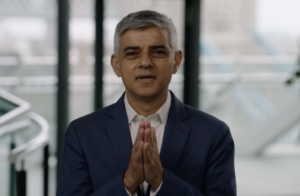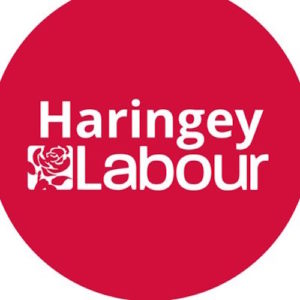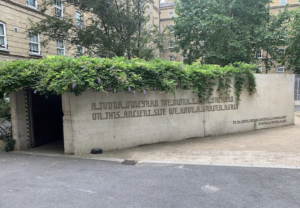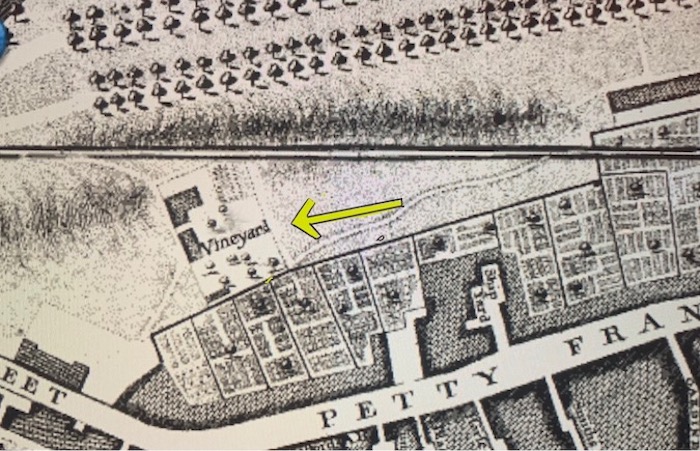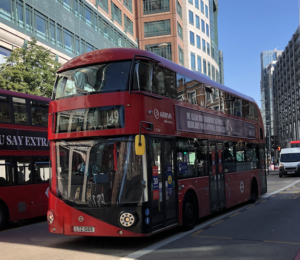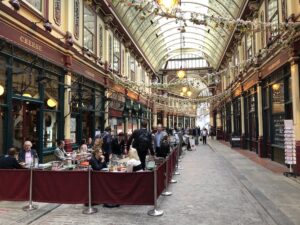Sadiq Khan toured the big TV studios this morning, not all of them remotely, speaking about striking the right balance between increasing economic activity and protecting public health. Rebuking the government for “shouting at” people to return to office working, he highlighted Transport for London’s efforts to make public transport Covid-safe and announced a survey for “exploring the safe capacity of our workplaces”. The Mayor calls this a “grown up approach” to divining what the next six months in the capital will hold. I have made an equivalent assessment of my own situation. I have decided to get out more.
Why? Everyone’s circumstances are different – a reality to which Mayor Khan seems better attuned than his predecessor at City Hall – ranging from domestic living space, to travel requirements, to employer attitudes, to what degree you are in the pink. I am, in several ways, fortunate: an ingrained home worker for nearly 40 years, I am spared any decision about making a daily morning peak commute; my home is not overcrowded; I’m 62-years-old and male, which puts me at the higher end of the risk scale, but I’m not overweight and rarely become ill.
Taste and temperament, of course, are factors too. Though content to spend long hours keeping my own company, I’ve missed walking London’s streets. I’ve missed watching what happens on them from the top deck of a bus. I would sooner travel for half an hour underground, even with my mouth and nose encased, to meet people in person than on Zoom.
Pre-Covid, I always tried to get out and about in London on at least two days a week, because you can’t report or understand a city without seeing, hearing and smelling it. At the height of lockdown, I was pretty cautious. But there was little point in being otherwise: walking round a London that often resembled a massive film set with no actors was certainly novel, but meant there wasn’t much actual London life to commune with.
But some of the suburbs have been thriving and although the City and West End are still in the doldrums, public transport use has begun picking up, thanks in part to the full re-opening of schools. And as the city tentatively and unevenly comes back to life, I think it’s right to re-immerse myself in it more deeply.
I don’t regard this as a duty or as passing some kind of test of courage, but as a bespoke decision buttressed by evidence. Yes, the virus is still out there, yes it can still be deadly, and yes, as we have seen from Leicester and elsewhere, it can make comebacks. But look at the reported “Covid deaths” in London, population nine million, since the start of August: a maximum of 11 and last week only four. The government-estimated “R” value (infection reproduction rate) for London as a whole is around one, as it is for the UK as a whole.
We don’t want it going higher. Yet considered articles from New Scientist and Sky News explain that some combination of more effective treatment, more assiduous testing, more diligent behaviour by (most) people and even the possibility that the virus is becoming inherently less deadly, at least in Europe, is contributing to a general fall in Covid-related fatalities.
London cannot and must not be complacent. Public Health England in London has warned that infection rates have been rising among Londoners in their twenties, and, as with public transport and the more susceptible London communities, effective messages from the authorities continue to be very important. But so is the resurgence of our city – not only for economic reasons, though those matter a great deal, but also because its heart and soul need to revive, and with them the spirits of London’s people.
Every London life is individual and every Londoner will make his or her own judgement about what is right for them. Mine is that I want London to recover and to be a small part of that recovery.
OnLondon.co.uk exists to provide fair and thorough coverage of the UK capital’s politics, development and culture. It depends greatly on donations from readers. Give £5 a month or £50 a year and you will receive the On London Extra Thursday email, which rounds up London news, views and information from a wide range of sources. Click here to donate directly or contact davehillonlondon@gmail.com for bank account details. Thanks.


